Inspired by ESPN’s recent promotion of the debut of the Broadway musical Hamilton on Disney+, we recently presented our twist on the Sports Center Top-10 with our Top-10 Favorite Fords and Chevrolets.
But, hey, we realize we can’t do Ford and Chevy and ignore other brands, so here, in the same spirit of history and whimsy, we present our Top-10 Favorite Dodges:
10. Dodge ball — You might remember dodge ball as a game you played in gym class or at recess in grade school, when you threw an inflated playground ball back and forth at members of the opposing team. Get hit and you’re out. Last team standing wins.
Perhaps in part because of the 2004 movie, Dodgeball, that game has become a sport, with global rules, official court dimensions, etc. Who knows, it could be a future Olympic sport.
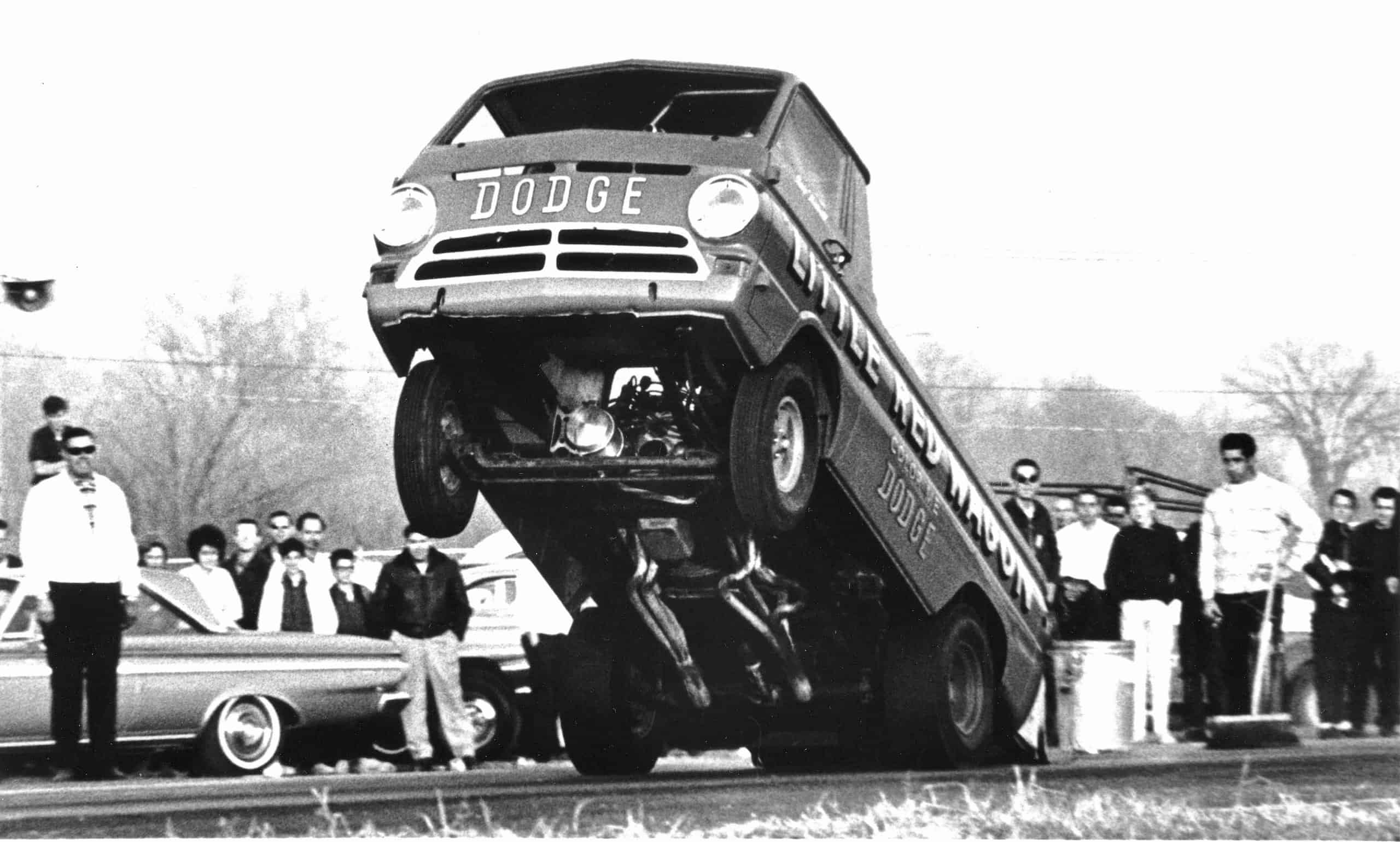
9. Little Red Wagon — Take a van-based Dodge A-100 compact and cab-over pickup truck, stick a 426cid Hemi V8 in the bed and, in the hands veteran drag racer Bill “Maverick” Golden, your Little Red Wagon is in 1965 the first “wheelstander” and the world’s fasted truck. Much to the delight of the fans who pack the grandstands at strips across the country, this unusual vehicle could run the quarter mile with only its rear tires touching the track.
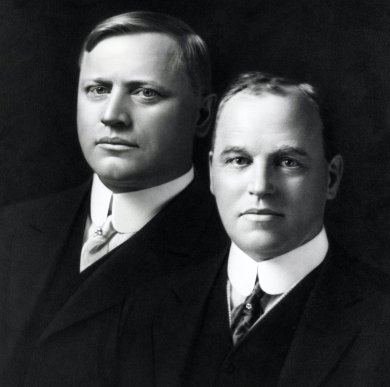
8. Dodge brothers — No, not the idiots at the wheel portrayed in the Dodge commercials a few years ago but the actual brothers, Horace and John, who built auto parts in their family machine shop, supplied engines to Henry Ford, in exchange for 10 percent of Ford Motor stock, and who launched their own car company in 1913. John died during the influenza epidemic in 1920 and Horace of cirrhosis and flu a year later.
7. Dodge City — In 1865, Grenville Dodge, a major general in the Union Army, suggested the need for another fort along the Santa Fe Trail in southwestern Kansas. The site selected had been a campground for wagons traveling the trail and the new military post was named Fort Dodge. The community around the fort became known as Dodge City. In addition to being on the Santa Fe Trail, it was on a branch of the Chisholm Trail that led cattle herds from Texas to Santa Fe rail cars.
In the 1870s, Wyatt Earp and Bat Masterson were deputy sheriffs in Dodge City, and the town’s Wild West reputation (there actually was a Long Branch Saloon) was the inspiration for the long-running television series Gunsmoke.
6. Get Outta Dodge — No, this isn’t the refrain from sales staff at Ford or Chevy dealers, but supposedly is a line credited to the early episodes of the TV Western series Gunsmoke (although we’ve found no evidence of it ever being said on screen by Marshal Dillon or others). However, it was the title of a 1994 episode of Married… with Children and of a song and video — featuring a drag race between a Dodge Valiant and Chevy Nova — by Heuvos Rancheros.
5. Dodge widows — While the Dodge brothers both died in their 50s, their widows lived long and wealthy lives after they sold the automaking company to an investment group for $146 million, at the time the largest corporate cash transaction in American history.
Horace Dodge’s widow, Anna Thompson Dodge remarried twice, donated $1 million to Detroit for a fountain in memory of her late husband and son, and lived to be 103. John Dodge’s widow and third wife, Matilda Rausch Dodge, raised horses at Meadow Brook Farms north of Detroit (their daughter, Isabel, established Brookmeade Stable and became a major player in thoroughbred racing).
After John Dodge’s death, Matilda served as lieutenant governor of Michigan and with her next husband built the Meadow Brook Hall mansion on the horse-farm property. Matilda Dodge Wilson lived to be 84 and willed her estate to become the site of Oakland University.
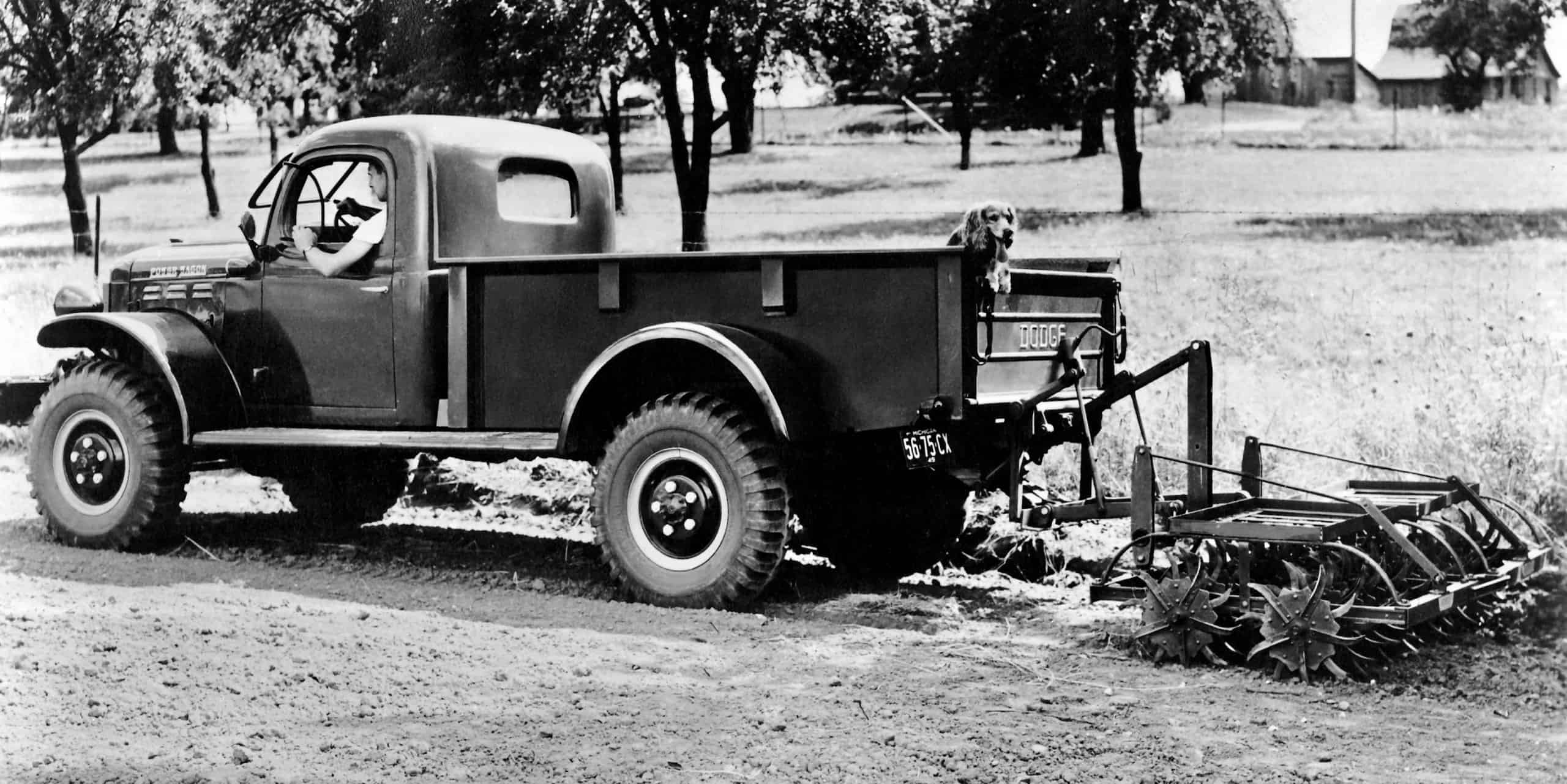
4. Dodge Power Wagon — The Willys Jeep wasn’t the only 4×4 vehicle that helped with the war effort in the 1940s. Dodge produced the Power Wagon for military use and then in civilian form after the war. The big pickup was a tough mudder. In the 1950s, one version featured the Willock Chassis Swivel, with the frame divided so the engine and cab could twist in one direction and the bed in another to maximize flexibility over seemingly any terrain.
At the Detroit auto show in 1999, Dodge unveiled a stunning Power Wagon concept truck powered by a 7.2-liter turbocharged Caterpillar inline 6-cylinder diesel engine with 780 pound-feet of torque and since 2005 has offered a special Power Wagon version of the heavy-duty Dodge Ram 2500 pickup.
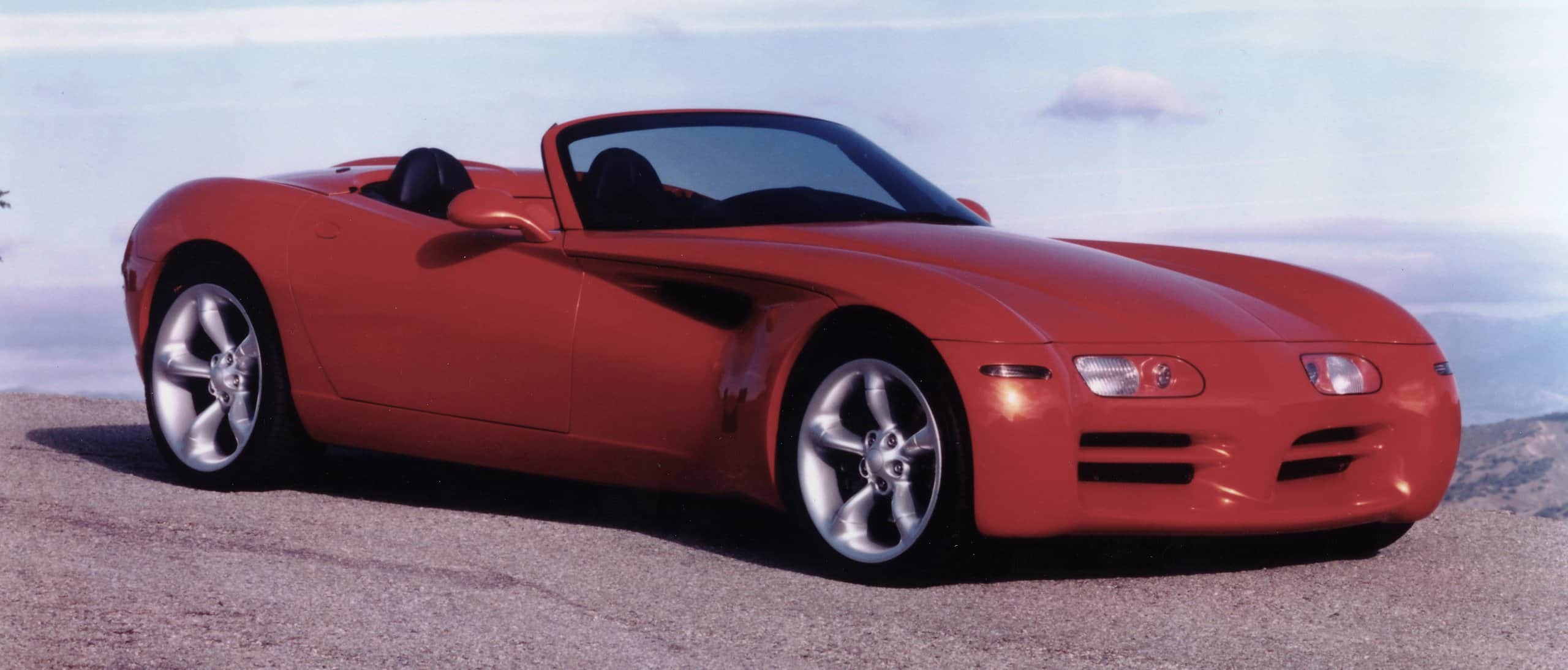
3. Dodge Copperhead — We thought about including the Viper, but instead opted for the Copperhead, the Viper-inspired concept car showcased at the Detroit show in 1997. The goal was to show a Viper-inspired sports car, but with a V6 engine, 5-speed manual gearbox, and a price tag of around $30,000 had it gone into production, which, sadly, it did not.
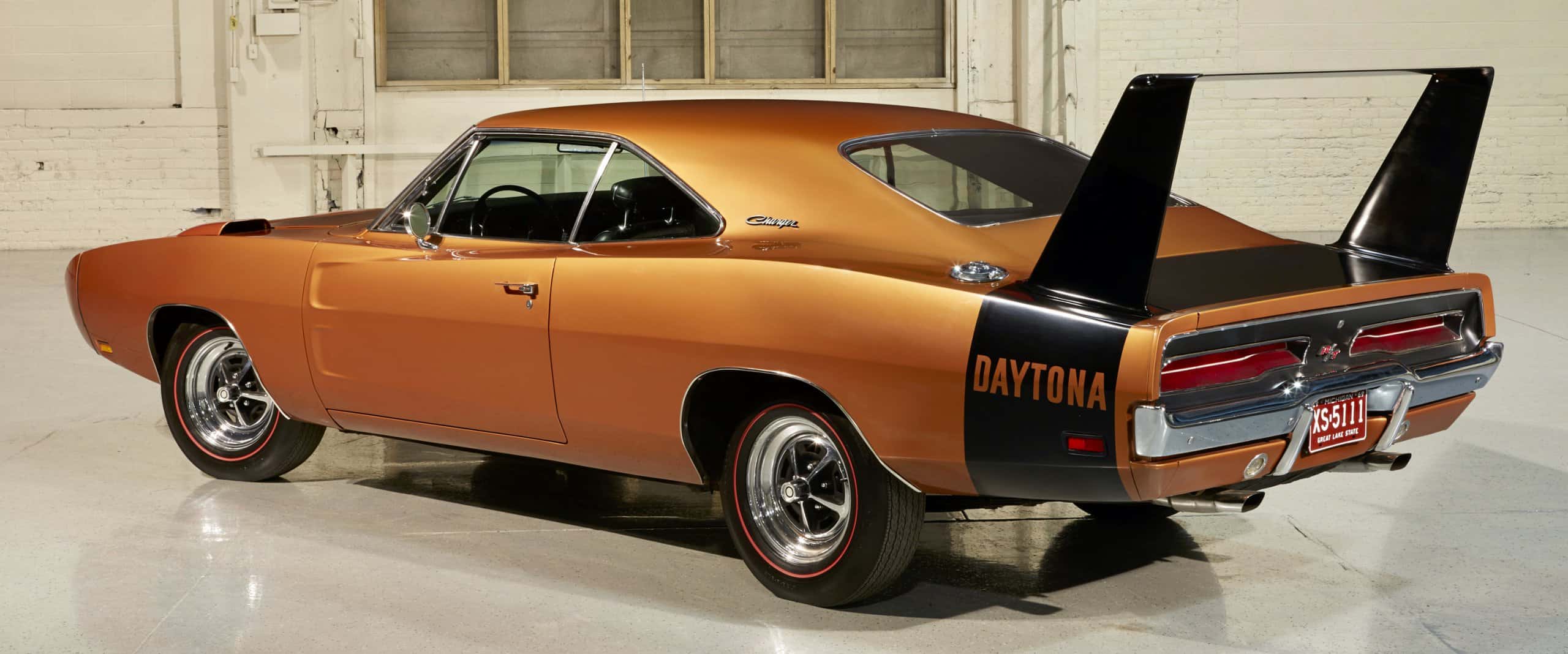
2. 1969-70 Dodge Charger Daytona — “Win on Sunday, sell on Monday” was so important in the late 1960s and early ’70s for American automakers that they were willing to go— quite literally — to extreme lengths to win NASCAR stock car races. For the 1969 season, Dodge unveiled its Charger Daytona, a car with an extended nose cone and a broad wing that stood nearly 2 feet proud of the rear deck lid. Propelled by a race-prepped engine, Bobby Isaac won the Daytona 500, and a few weeks later at Talladega, Buddy Baker because the first stock car driver to lap a track at more than 200 mph. To make the car legal for racing, Dodge had to build several hundred to sell to customers for the street. Plymouth got its version of the car for 1970, but to maintain competitive balance on the track, NASCAR changed its rules and the “Winged Warriors” became collector items.
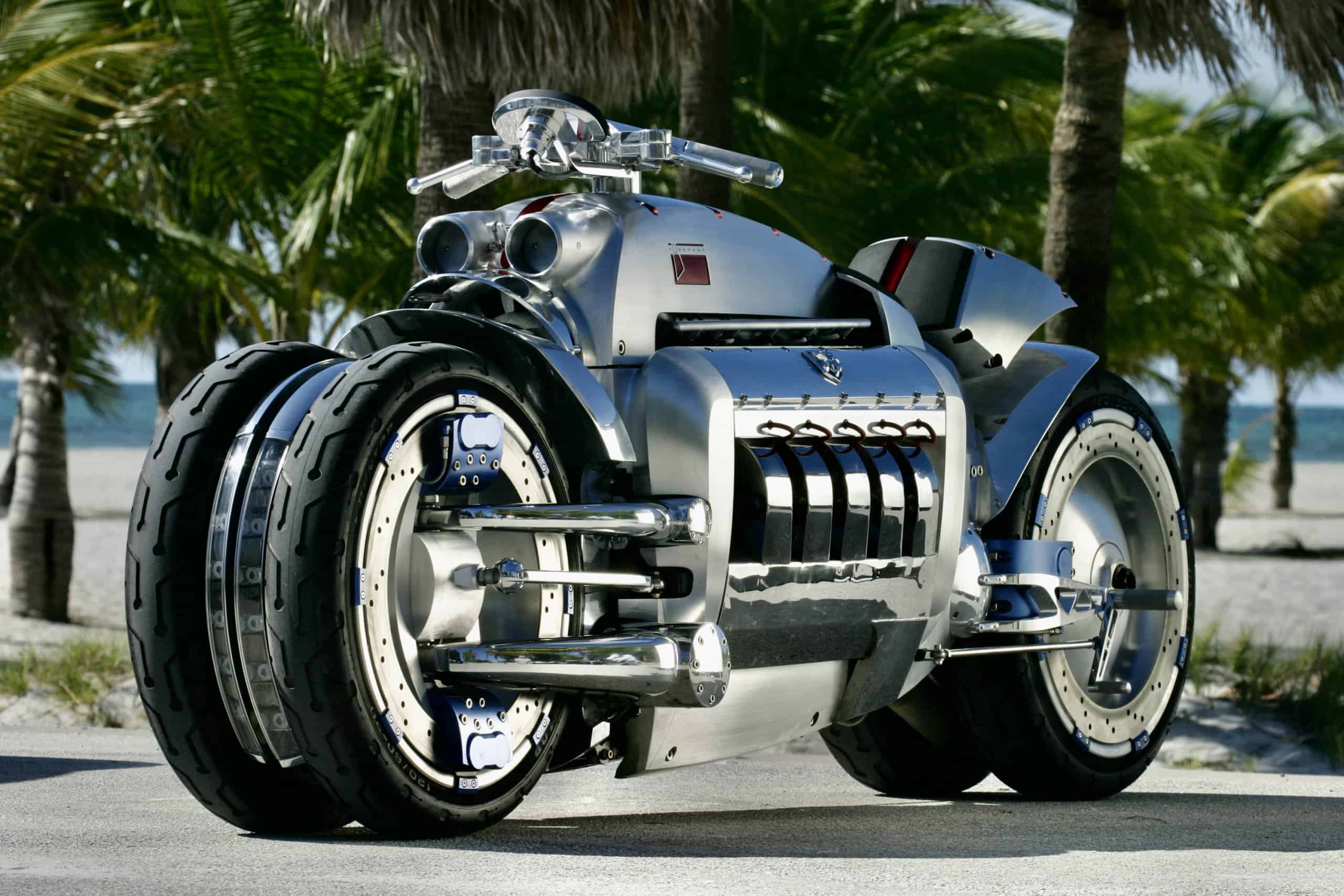
1. Dodge Tomahawk — Like our No. 4, the Dodge Copperhead, No. 1 on our list of favorite Dodges is a Viper-inspired creation, the Dodge Tomahawk, a motorcycle — albeit with four rather than two wheels — powered by the Viper’s 500-horsepower, 8.3-liter V10 engine. Ridden onto the show floor at the 2003 Detroit auto show by DaimlerChrysler executive Wolfgang Bernhard, the machine was an immediate hit, the sensation of the show.



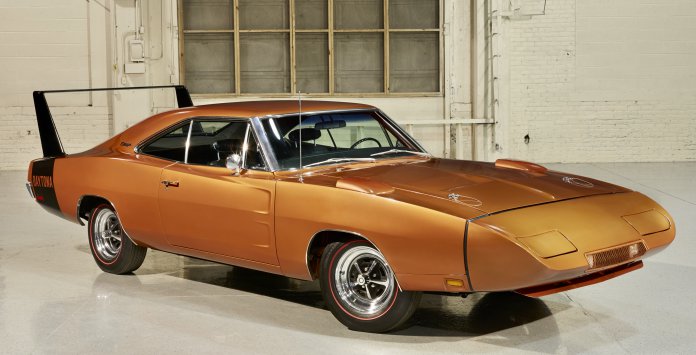


Plymouth Valiant not Dodge!
Jim is right…unless they were using the 1964 Dodge Dart that had front end damage from an auto accident. We replaced it with a 1964 Plymouth Valient front end…thus forming the “.Daliant”
History continues to be mismanaged.
Bobby Isaac did Not win Daytona and Talladega.
They were won by Pete Hamilton for Petty Enterprises in a SuperBird